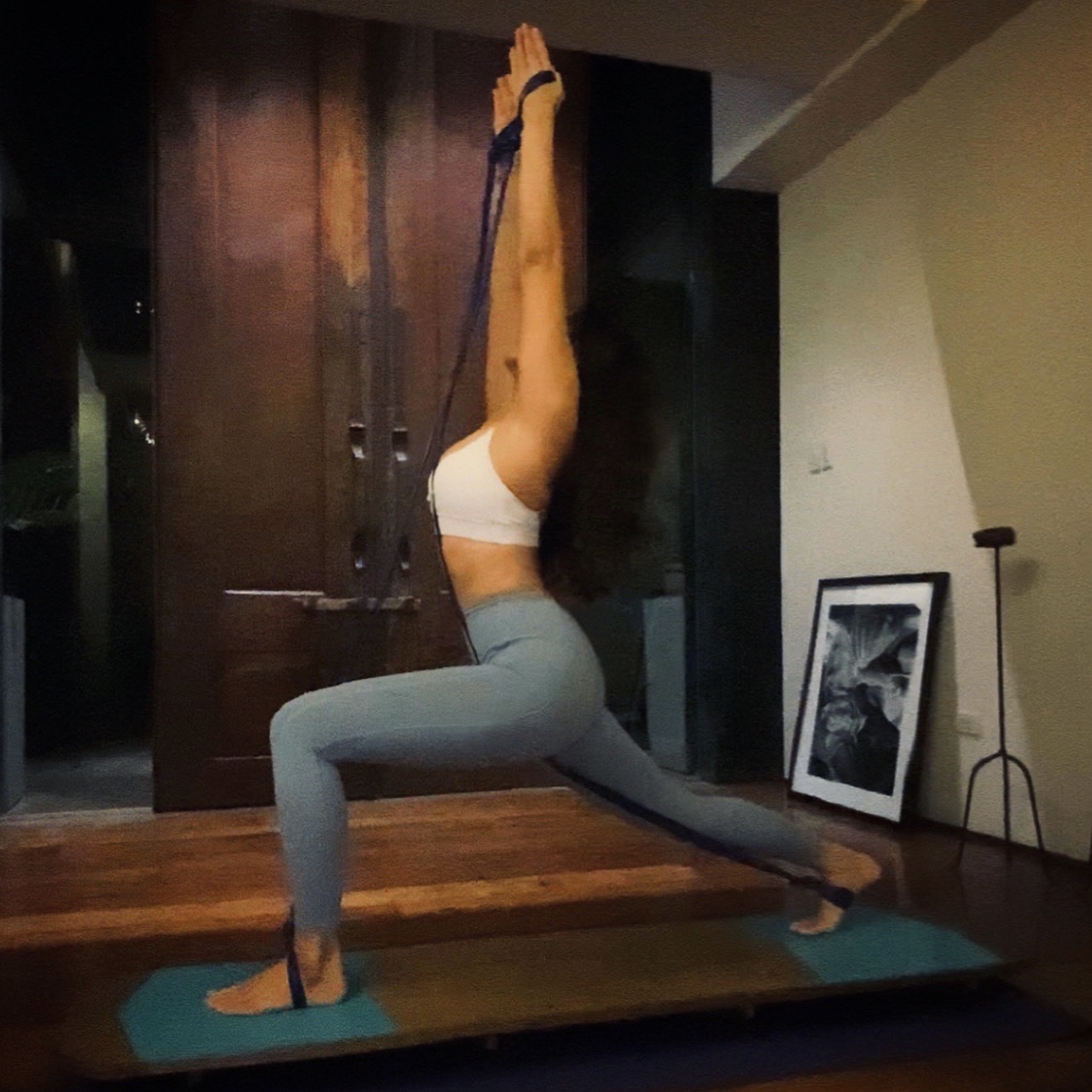
06 Mar Reciprocal Inhibition
Typically, agonist/antagonist relationships involve muscles contracting and relaxing on opposite sides of a joint, creating a biomechanical Yin/Yang. One muscle contracts to move the joint in a certain direction while another opposes that movement and stretches during this action.
For example, when the knee extends, the contracting quadriceps are the agonist muscles and the stretching hamstrings are the antagonists. Similarly, when the knee flexes, the hamstrings are the agonist muscles and the quadriceps are the antagonists.
Joint movement, in response to muscle contraction, is a biomechanical event that is coupled with a physiological event. This is called Reciprocal Inhibition. When the brain signals an agonist muscle to contract, it simultaneously signals the antagonist muscle to relax. This is a physiological Yin/Yang.
Understanding the major agonist/antagonist relationships is one key to doing yoga poses well. Accordingly, it is important to learn the
muscles and their actions.
We address this in Aqua Firma. By using the board and resistance bands, we work the agonist muscles to stretch the antagonist muscles. The result is immediate improvement in both strength & stability as well as flexibility & mobility.
This is just one of the benefits. Experience more when you join class. Our Beginner Courses are now available for subscription. Access the videos anytime! DM us for more details ?

No Comments